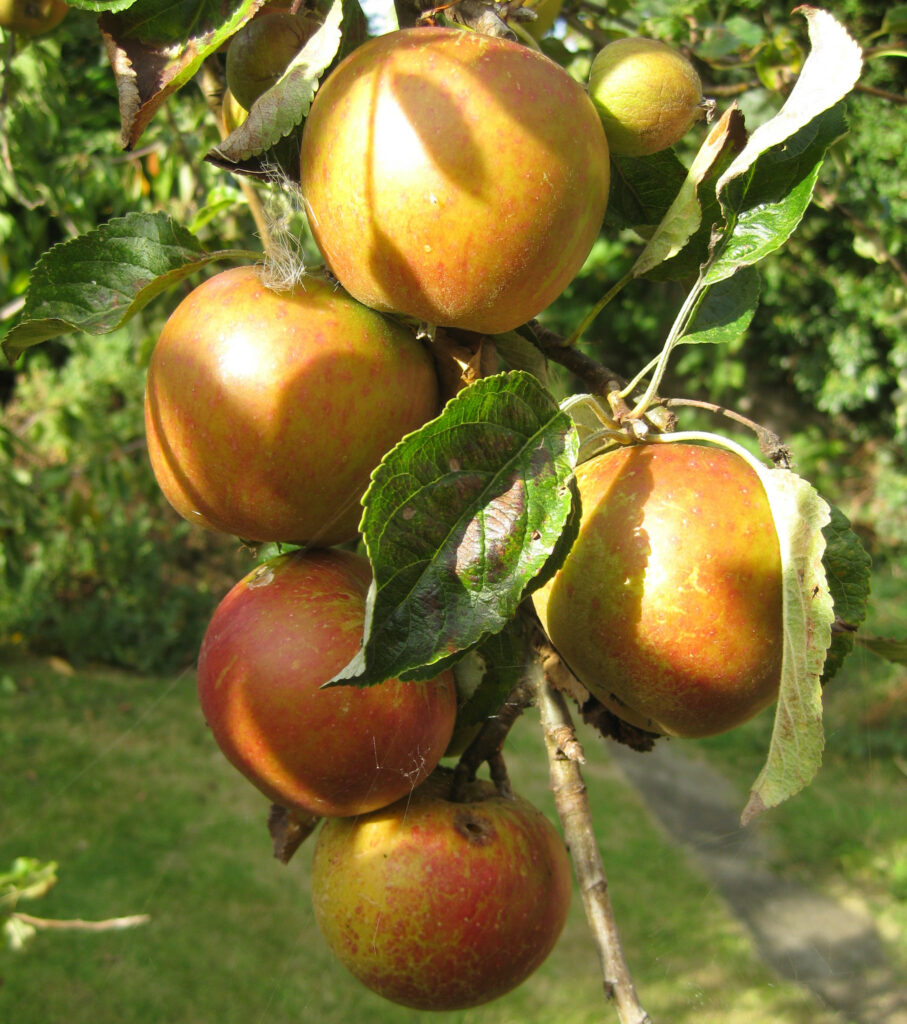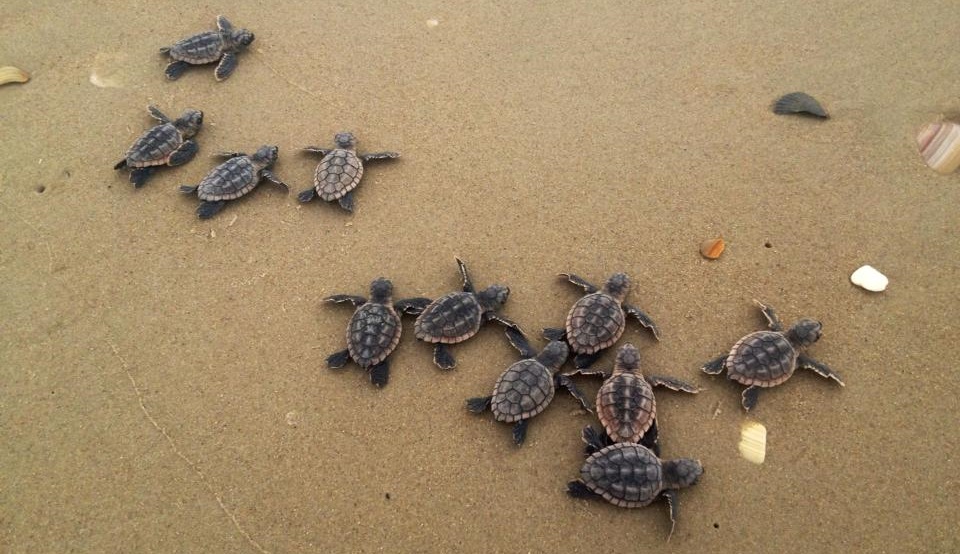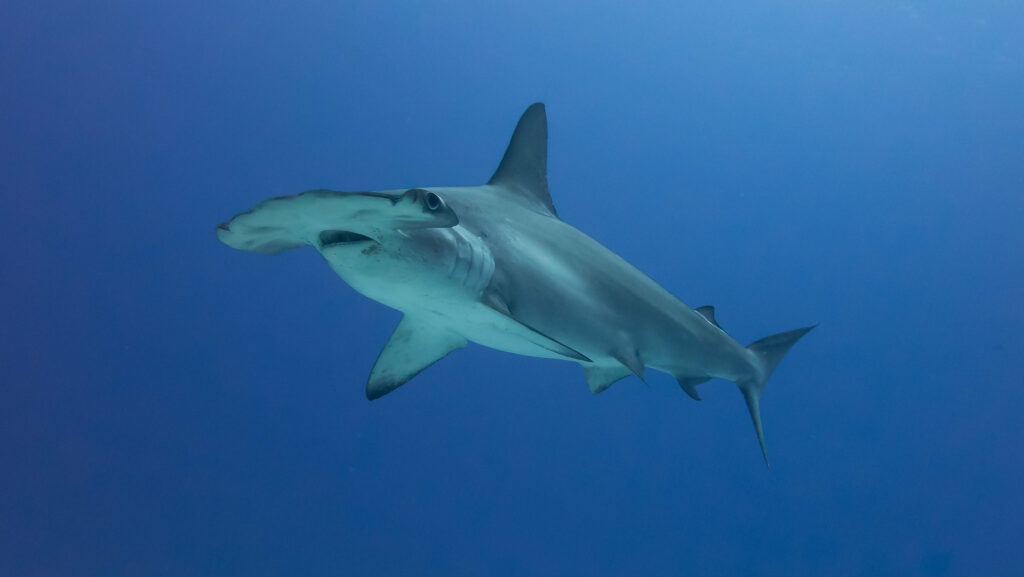Climate change
Climate breakdown could cause British apples to die out, to be replaced by varieties from New Zealand and Japan. British apples are struggling as there is not enough time for the trees to lie dormant in winter and conserve energy for growing fruit. Traditional apple trees need about 1,000 hours below 6°C but above freezing. The Met Office announced in January that 2022 had been the sixth warmest year on record.

Habitat destruction
Half of the wetlands in Europe, the continental US and China have been lost in the past 300 years, according to a new study. Researchers found that some areas, including the UK, Ireland and Germany, have lost more than 75%. In total, an area the size of India has disappeared globally. More than 60% of these losses were driven by drainage for growing crops on uplands. Other reasons included the conversion to paddy fields, the creation of urban areas and peat extraction.
According to a report by The Wildlife Trusts, HS2 Ltd is “undervaluing” the amount of damage it is doing to the environment while overvaluing the benefits of its compensation measures. Phase 1, covering 140 miles between London and the West Midlands, will cause 7.9 times more nature loss than accounted for, with Phase 2a causing around 3.6 times more. The report found watercourses, ponds and trees that have been missed out from the data produced by the firm, along with problems with how nature is being valued. Well-established, tree-lined and species-rich hedgerows were given lower nature value than the new hedgerows that HS2 Ltd is going to plant.
Erosion of beaches along the south-east coast of Australia is having a significant effect on local biodiversity. Some beaches in the area are becoming increasingly vulnerable to coastal erosion caused by successive years of La Niña events. A study monitoring the shoreline between Noosa’s Main Beach and Coolum found that the shoreline has retreated by about 20 metres, while the sand dunes have receded between 7 and 10m and have been vertically eroded by 2–3m.
Extinction Risk
Sea turtles are under threat from warming seas and hotter beaches, according to new research. Australian scientists have suggested that marine turtles are unlikely to be able to change their nesting behaviour enough to mitigate the effects of higher sea surface temperatures. As the sex ratio of turtle hatchlings is determined by the temperature of the nests, warmer beaches will yield more females, impacting population dynamics. Higher temperatures have also been linked to lower hatchling success rates.

More than 33% of America’s biodiversity is at risk of disappearing, including 40% of animals and 34% of plants. A new report by NatureServe found that 41% of American ecosystems are at risk of collapse, with California, Texas and southeastern states the most threatened. The main threats include habitat degradation and land conversion, invasive species, damming and polluting of rivers, and climate change.
The lynx is facing extinction in France, as the population is down to 150 adults at most. DNA tests have shown that the cats’ genetic diversity is so low that they will become locally extinct within the next 30 years unless there is urgent intervention. The species is under pressure from habitat loss, inbreeding, poaching and traffic collisions. The tests have shown that the population has a level of diversity equivalent to only 38 animals, and there are now calls to either introduce more lynxes from healthier groups or replace poached lynxes and exchange orphaned lynx cubs being cared for at wildlife rescue centres in various regions.
Pollution
Emissions of the five most harmful air pollutants dropped in 2018 across the European Union, including nitrogen oxides and ammonia. The new European Environment Agency report for 1990-2018 showed an overall trend of steady but slow progress by EU member states in reducing emissions of the main air pollutants present in Europe. The five most harmful air pollutants dropped between 1.6-6.7% between 2017 and 2018.
Policy
Costa Rica has announced an all-out ban on hammerhead shark fishing. Including smooth hammerhead, scalloped hammerhead and great hammerhead, this executive decree prohibits the capture, transportation, storage or sale of hammerhead sharks or their byproducts. Experts are saying this should have occurred in 2013 when hammerhead sharks were listed under CITES, as the animals were hunted for their fins and populations have declined by around 90% since then.

New discoveries
A new silent frog species has been described, found in Tanzania’s Ukaguru Mountains. Researchers discovered this species during an expedition in search of another species, the Churamiti maridadi tree toad. While frogs usually use sound to attract a mate, the males of this new species have tiny spines on their throats. Nearly 25% of all vertebrates in the Ukaguru Mountains are found nowhere else, meaning conservation of the area is essential.






